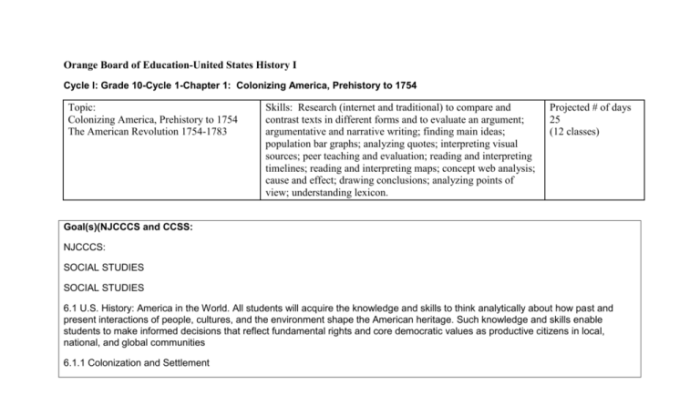Impending crisis of the south apush – The Impending Crisis of the South: A Prelude to the American Civil War is a complex and fascinating topic that has been the subject of much scholarly debate. This essay will provide an overview of the topic, examining the historical context, sectional differences, the role of abolitionism and states’ rights, the Nullification Crisis and the Compromise of 1850, the Kansas-Nebraska Act and the rise of the Republican Party, and the Election of 1860 and the secession of the Southern states.
Historical Context of the Impending Crisis: Impending Crisis Of The South Apush

The impending crisis in the South was rooted in a complex interplay of political, economic, and social factors. The region’s economy was heavily dependent on slavery, a system that had profound implications for the social and political landscape. Economic disparities between the North and South exacerbated tensions, as did the growing abolitionist movement and the doctrine of states’ rights.
Sectional Differences and the Rise of Tension
The North and South diverged significantly in their economic, social, and political systems. The North had a more diversified economy, with industries such as manufacturing and commerce flourishing. In contrast, the South’s economy was dominated by agriculture, with cotton as its primary crop.
The South also had a more hierarchical social structure, with a small planter elite owning vast tracts of land and a large population of enslaved laborers.Key issues that divided the two regions included slavery, tariffs, and states’ rights. The North increasingly viewed slavery as immoral and a threat to its own economic interests, while the South saw it as essential to its economy and way of life.
Tariffs imposed by the federal government favored Northern manufacturers, leading to resentment in the South. The doctrine of states’ rights asserted that states had the authority to nullify federal laws they deemed unconstitutional, a position that the South used to justify the protection of slavery.
The Role of Abolitionism and States’ Rights, Impending crisis of the south apush
The abolitionist movement, which sought to end slavery, gained momentum in the North during the 1830s and 1840s. Abolitionists argued that slavery was morally wrong and a violation of the principles of liberty and equality. Their activities angered Southerners, who saw them as a threat to their economic and social system.The
doctrine of states’ rights provided a legal justification for the South’s resistance to abolitionist efforts. States’ rights advocates argued that the federal government had no authority to interfere with slavery within individual states. This doctrine became a rallying cry for Southerners who feared that the North would use its power to abolish slavery.
The Nullification Crisis and the Compromise of 1850
In 1832, South Carolina threatened to nullify federal tariffs that it deemed unconstitutional. This action led to the Nullification Crisis, which was resolved through a compromise that lowered tariffs and recognized the principle of states’ rights. However, the crisis highlighted the growing tensions between the North and South.In
1850, the Compromise of 1850 attempted to resolve further sectional conflicts. The compromise included provisions that admitted California as a free state, organized the territories of New Mexico and Utah without addressing the issue of slavery, and strengthened the Fugitive Slave Act.
While the compromise temporarily eased tensions, it failed to address the fundamental issue of slavery and ultimately proved to be a short-lived solution.
FAQ Explained
What were the main causes of the Impending Crisis of the South?
The main causes of the Impending Crisis of the South were the growing sectional differences between the North and South, the rise of the abolitionist movement, and the increasing tensions over the issue of slavery.
What was the significance of the Nullification Crisis?
The Nullification Crisis was a major turning point in the lead-up to the Civil War. It demonstrated the growing power of the states’ rights movement and the willingness of Southern states to defy the federal government.
What was the impact of the Kansas-Nebraska Act?
The Kansas-Nebraska Act reopened the issue of slavery in the territories and led to increased tensions between the North and South. It also contributed to the rise of the Republican Party, which was opposed to the expansion of slavery.


